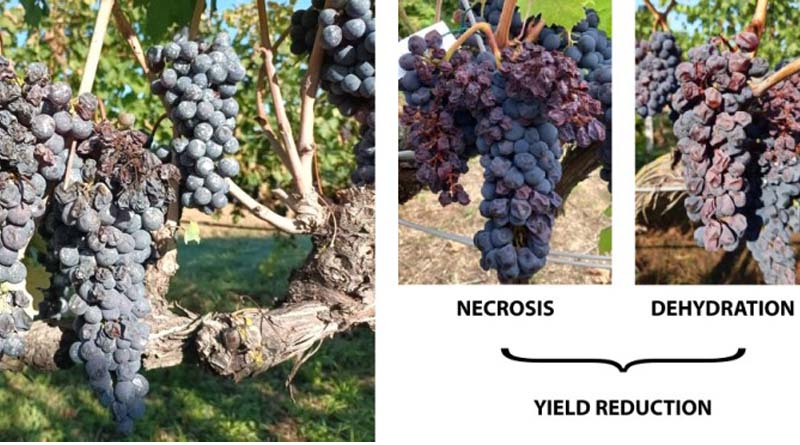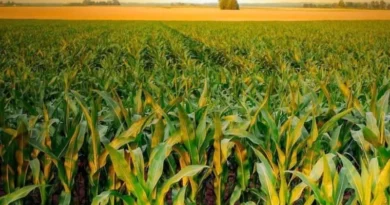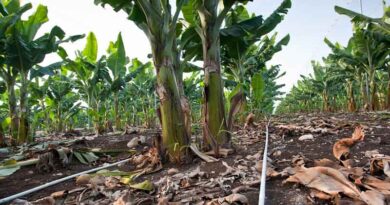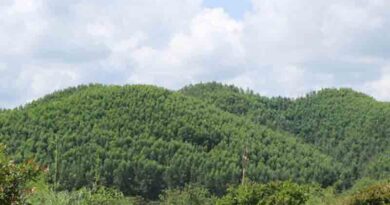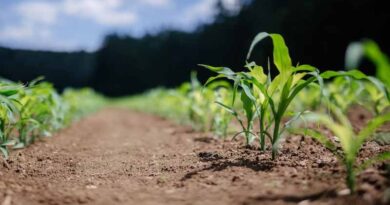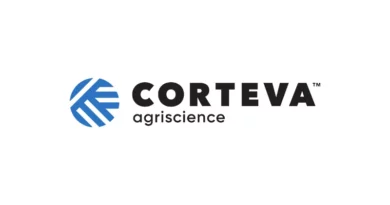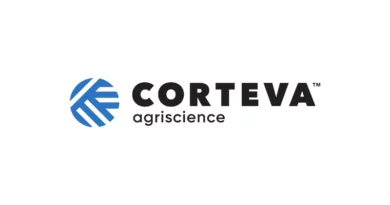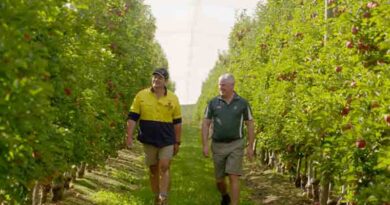A new multi-functional vineyard irrigation system addressing climate change
15 August 2023, Bologna: The recent climate report of the Intergovernmental Panel on Climate Change is worrying: the surface temperature of the globe was 1.09°C higher in the period 2011-2020 than in the period 1850-1900. The excess heat experienced in recent decades, together with intense solar radiation and high vapor pressure deficits (VPDs), plague Italian vineyards especially from the pre-veraison stage. As reported by several authors, when thermo-radiative excess crosses water deficiency, an explosive mixture results, and the grapevine (Vitis vinifera L.) responds to this multiple stress through active and passive mechanisms of stomatal regulatio. This behavior, which is intended to reduce xylem vessel embolism, influences gas exchange depending on phenological stage and variety. In particular, some cultivars, such as Sangiovese, maintain good stomatal conductance down to stem potential values of -1.8 MPa. Others, such as Montepulciano, completely close their stomata to less negative potentials, compromising grape ripening. When stress worsens, vines experience photoinhibition and a subsequent drop in yields exacerbated by sunburn. This condition results in grapes with low organic acid content, high pH and altered color due to reduced biosynthesis and degradation of polyphenols. This results in white wines with low acidity and reds with poor coloration.
In this regard, recent studies conducted at the University of Bologna have revealed a positive effect of lowering cluster temperature on the composition of red berries when they exceed the critical threshold of 35 degrees Celsius. To reduce the negative impact of these climatic conditions, some short-term agronomic techniques are now available, such as foliar application of kaolin and zeolite and smart irrigation techniques.
Among these, the application of nebulized irrigation was extensively studied in the 1970s and proved particularly effective in reducing water stress in fruit plants. In particular, the use of overhead sprinklers in various orchards has shown encouraging results in reducing heat damage. Therefore, misting systems were developed in the following years to evaporatively cool the canopy of vines while reducing both water consumption and foliar wetting and consequently plant diseases. Interesting results on thermal control were obtained on Cabernet Sauvignon in Australia with the aforementioned system placed inside the canopy but manually activated according to weather forecasts.
Based on these assumptions, the multi-functional irrigation system developed at the University of Bologna and in collaboration with Rivulis Irrigation and iFarming srl is an adaptive solution to the current climate change i.e. the negative effects of heat waves and water shortage during the growing season in the vineyard. The irrigation system is called multifunctional because it consists of a single pipeline that allows both water spraying within the canopy to cool the cluster area and defense against late frost damage. The functions are automatically activated in accordance with physical parameters continuously sensed by a WSN (Wireless Sensor Network) system and through actuators upstream of the solenoid valves.
The automatic misting system
The multi-functional irrigation system consists of both a sensor network and an actuator that activates the sprayers when thresholds identified for each variety under study are exceeded (Figure 1). In detail, the system consists of a hardware part:
- a control unit connected to the sensors (nodes) capable of continuously recording soil and canopy relative humidity and temperature values (iFarming srl);
- an irrigation line with foggers (mod. RIVULIS FLF., Rivulis Irrigation).
The software part analyzes microclimate data and sends pulses to a solenoid valve that automatically regulates the opening and closing of the misting system. The system operates through programmed cycles based on varietal characteristics and is activated when the 35°C threshold is exceeded.
Figure 1. The automatic cooling system in details.

Experiences on cluster zone conditioning at the University of Bologna
The first prototype climate-controlled irrigation system was installed on potted Sangiovese vines in 2019. In subsequent years, the pot-tested system was implemented in a flatland vineyard at the experimental station of University of Bologna (Cadriano, BO) on two varieties: Sangiovese and Pignoletto, red and white varieties respectively (Figure 2).
Figure 2. Implementation of the multi-functional irrigation system in pots and activation of the misting system in field conditions.
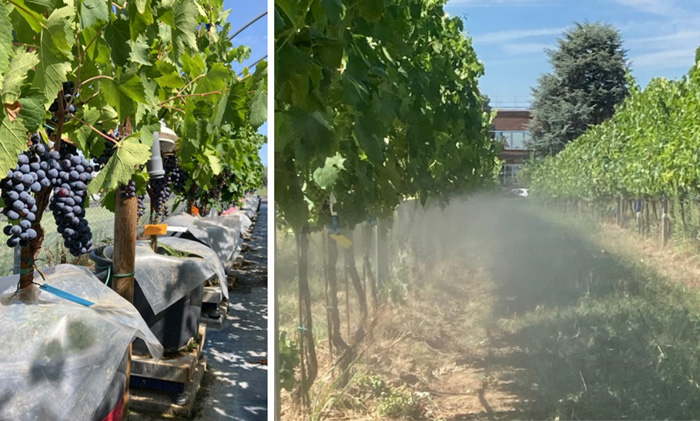
Experimental trials were conducted during the 2022 season on both pot-grown and field-grown vines. In pots, Sangiovese vines-irrigated at the pre-veraison stage-were subjected to a water restriction regime for about 4 weeks. Specifically, the vines received 50% of the water lost through transpiration during August and were distributed over two theses: C, control; FOG, sprayed in the cluster zone. In contrast, adult Sangiovese and Pignoletto vines grown in open field were subjected to a water restriction regime from pre-veraison until harvest. As reported above, in field conditions, a control thesis (C) was compared with that sprayed in the cluster zone (FOG).
The cluster zone misting system (FOG) – activated remotely and automatically when thermo-radiative conditions identified as critical occurred – was effective in reducing berry temperatures. The drop in temperature positively impacted the reduction of sunburn damages and resulted in an increase in yields of about 20% compared to control vines. In addition, the cooling effect benefited the entire canopy, which responded with an increase in gas exchange (photosynthesis and stomatal conductance). No differences were shown between treatments in terms of technological and phenolic ripening, but a positive trend in color accumulation in red grapes was found for vines treated with misting. In conclusion, the bunch zone cooling system seems to be an excellent tool to reduce the negative effect of multiple summer stresses.
Written by Gabriele Valentini

This project, presented by Rivulis at the Innovation Challenge Lucio Mastroberardino 2023 – the competition organized within Enovitis in campo that rewards the most interesting innovations facing the modern challenges of the wine sector – won the New Technology awards for its innovative value of the technique developed and the encouraging results highlighted.
Also Read: Appropriate farm scale mechanization can aid in agroecological transformation
(For Latest Agriculture News & Updates, follow Krishak Jagat on Google News)

